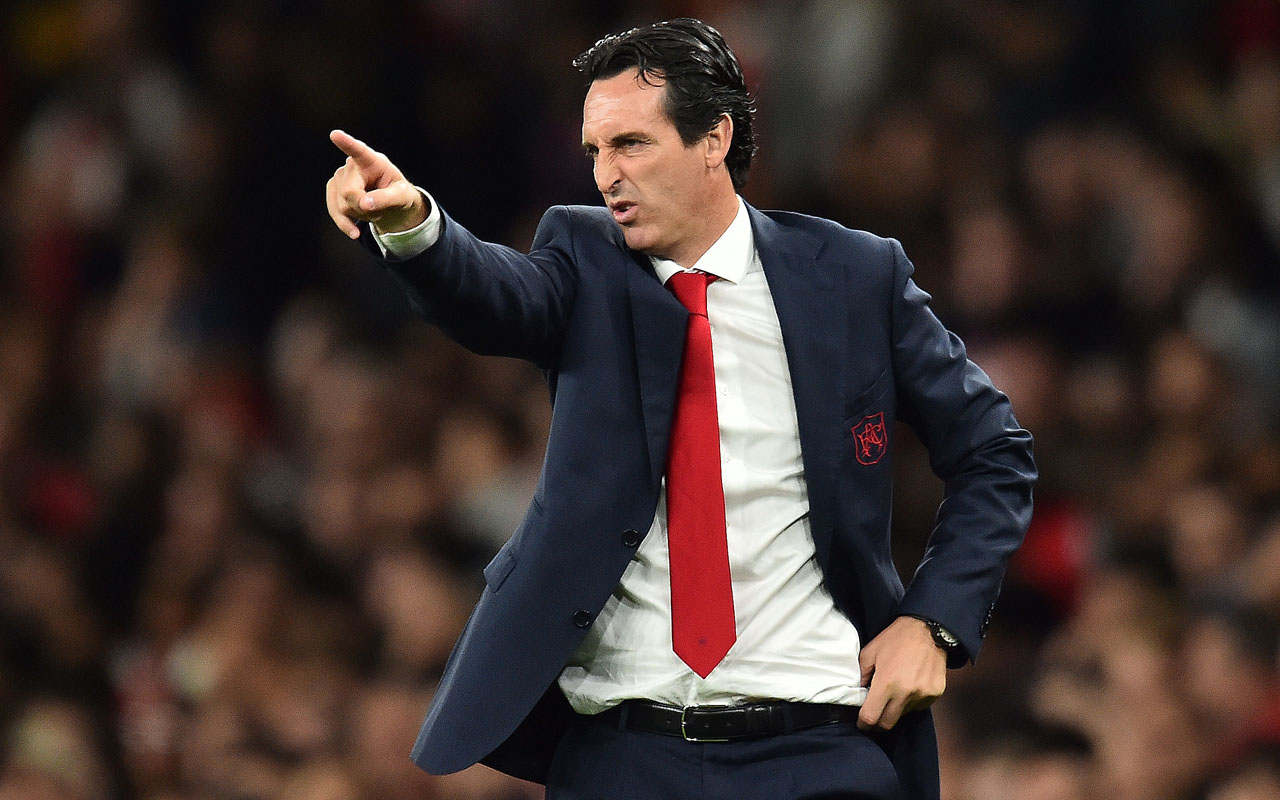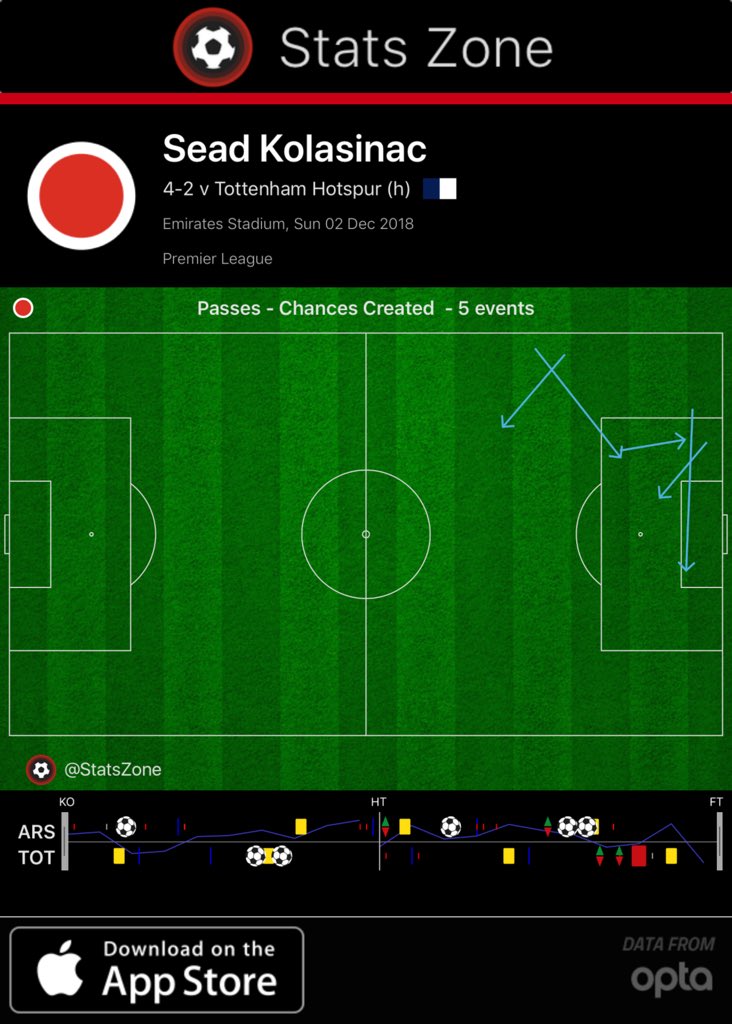Special Contribution by Oscar Wood. Follow him on Twitter @Reunewal.
That's more like it. That’s what we've been waiting for. Sunday’s North London derby win didn't just give Arsenal their first landmark win of the new era, it also helped give us our clearest indication yet of what it is Unai Emery is trying to achieve on the pitch with this squad. Despite results so far this season being positive, it's hard to escape the feeling a performance such as this was needed for us to get a clear view of what a working Emery Arsenal team looks like.
I think one difficulty Emery has had since joining is that, compared to many of his Premier League compatriots right now, he isn’t as renowned for a particular style of play, nor is what he tries to get his teams doing considered innovative. When Jurgen Klopp, Pep Guardiola and Maurizio Sarri arrived at their clubs they began implementing stylistic overhauls that could easily be observed while watching a single game or making cursory glance at the statistics. With Emery the changes have been more subtle. Arsenal have predominantly still lined up in a variation of 4-2-3-1, they still try to control the ball and build through the thirds and still rely on quick combination play to break teams down.
In fact it’s arguable Emery’s biggest impact so far hasn’t been tactical, it’s been in the physical conditioning of his players, which has helped allow an improved level of intensity on the pitch. Heavy pre-season training sessions and pre-match sessions taking place at kick-off time have clearly contributed to the fact Arsenal have never looked physically outmatched this season (something they often did in previous years) and probably goes someway to explaining their quite incredible second half record this season.
Possession Structure
All that doesn’t mean Emery hasn’t made his own tweaks, however. The most clear tactical shift Emery has made has been in Arsenal’s possession structure. While many modern coaches put an immense amount of focus on the first phase of build up (i.e. the goalkeeper and defenders moving the ball to the midfield) it’s easy to get the sense Arsene Wenger always considered it all a bit tedious. Wenger’s priority in build up was usually to move the ball forward as quickly as possible, to maximise the amount of time the attacking midfielders could spend on the ball in the opposition half.
Anam Hassan has talked extensively about how Wenger would ask his midfielders to push further up the pitch, in an attempt to discourage the opposition from pressing and instead pin them back. Needless to say, this was a high risk, high reward strategy. When it worked Arsenal’s best creative players where able to enjoy lots of the ball, but against stronger pressing opponents Arsenal would regularly come unstuck.
Emery’s play from the back (when using a back four, which he’s done for the majority of the season) is built around the two centre backs and two central midfielders. Probably the most distinctive feature of Emery’s time at Sevilla was his love for a solid double pivot. That trend has been continued at Arsenal. While Wenger liked a clear division of labour between his two central midfielders, often partnering a defensive minded player with a more attacking one like Aaron Ramsey, Emery likes his midfielders to share their buildup and defensive duties. Granit Xhaka, Lucas Torreira and Matteo Guendouzi have been exclusively used in midfield in the Premier League and are all are comfortable acting as a single defensive midfielder. As such Arsenal will often rotate as to which midfielder drops in between the CBs during build up.
The counter to this use of the central midfielders is that the attacking midfielders are instructed to stay high and maintain the team’s shape, rather than dropping deep to help progress the ball themselves. Under Wenger it was common to see the likes of Mesut Özil, and other attacking midfielders, dropping deep, and a midfielder like Ramsey running forward into the vacated space. Such midfield rotations have become effectively extinct under Emery. While pass maps have significant limitations - mainly because they only show a player’s average touch position, not their off ball position - the Arsenal one against Liverpool nicely outlines a typical structure in Arsenal’s 4-2-3-1. There is a clear divide between the central midfielders and attacking midfielders and the fullbacks are getting on the ball in advanced areas.
So far the results of this more meticulous build up play have been mixed. While Arsenal have scored plenty of goals, for most of the season they’ve had the majority of their success in brief spells of dominance, rather than as a constant threat. The odd beautiful goal and five minutes of brilliance has often been preluded with a period where the team has looked ponderous. In fact, one potential reason Arsenal have been so much better in second halves might be that it’s when they’ve released the handbrake, to borrow a Wengerism, and played with greater urgency and freedom that they’ve found their attacking grove.
There have been moments, however, where Arsenal have executed what we might begin to associate as trademark Emery Arsenal. If Wenger football was about getting into opposition territory as quickly as possible then perfect Emery football might be the opposite; a precise build up leading to a fast transition once the ball is played into one of the attackers. The fantastic team goals against Fulham and Leicester are examples, as is this move against Liverpool, where the goalkeeper, both centre backs and both central midfielders are involved.
Aggressive Pressing
Arsenal fans were understandably excited when Unai Emery promised protagonism with and without the ball, and a desire for intensity in pressing. But so far this season Arsenal haven’t show signs of being a particularly aggressive pressing side. This may be down to Emery not believing the squad were ready to successfully implement a very aggressive press, and that there were other issues that needed attention first. Or it could be that he knows what fans like to hear and wanted to start on the good side of Arsenal’s supporters, regardless of his plans for the team.
On Sunday, however, Arsenal put in their most aggressive, and most impressive, pressing performance of the season. That this correlated with Arsenal’s best start to a Premier League match under Emery is likely no coincidence.
Analysing or measuring a press is difficult, because what you’re attempting to analyse is the impact on the opposition rather than something purely to do with your own team, and it can be hard to separate your team’s influence from their own game plan. For example one such measure is the opposition pass accuracy, but when it comes to opponents like Cardiff, who almost always have a poor pass accuracy, it’s hard to argue Arsenal did something specifically that prevented them completing passes. The best measure is probably the number of opposition passes played per Arsenal defensive action (PPDA). This essentially gives you a value for the number of passes a team was able to put together before being engaged in a tackle, interception or foul. Against Tottenham Arsenal recorded their joint lowest PPDA of the season (5.43) meaning Tottenham were rarely able to string long passing sequences together before being engaged by Arsenal pressure.
At 72%, Tottenham also recorded the fifth lowest pass accuracy by any of Arsenal’s 14 opponents this season, and the lowest of anyone currently in the top half. Both Spurs CBs, and Eric Dier, recorded pass accuracies in the 60s, and were regularly forced into hitting harmless long balls up the field instead of building play from the back how they’d like.
Regardless of the level of pressure it’s clear one of the hallmarks of Emery’s philosophy is a high work rate and intensity in his team’s play (Arsenal have regularly been at the forefront of most running stats this season). Sunday showed that, at the right moments, that philosophy can go one step further and be used to implement aggressive and successful pressing plans as well. It’s here where Arsenal can also benefit from the depths of their squad. Whether Emery planned to make a double substitution as early as half time is debatable, but it’s likely Iwobi and Mkhitaryan were went out in the first half with the knowledge they wouldn’t be playing the full 90 minutes, and could thus play above and beyond while they were on the pitch.
Could A Three At The Back Kill Two Birds With One Stone For Arsenal?
Much of the Arsenal discourse in the last couple of months has centred around the impact of Lucas Torreira, and how he’s helped make Arsenal a much more resilient and solid side. While the Uruguayan himself has played at a fine level since becoming a regular starter, the transformative nature of his arrival has perhaps been a bit overstated. Arsenal are still conceding chances. The 18 goals against in 14 matches isn’t itself a particularly good figure, and it could’ve been worse if not for some fine goalkeeping performances from Bernd Leno. The nature of these chances has also been of concern. Before the trip to Bournemouth Arsenal had faced the joint most counter attack shots in the division, along with West Ham and Manchester United. The match against Wolves before the international break showcased the worst of it. The visitors took the lead following a fast break on a turnover, and had multiple chances to add a second on transition.
Arsenal’s opponents have attacked down the middle less this season, 24% of the time compared to 27% last term, which suggests Arsenal’s double pivot might be doing a better job of blocking the middle of the pitch. But this has been counted with a more attacking use of the fullbacks. Arsenal have been particularly vulnerable down the left at times this season. They’ve tended to have a bias towards that side while attacking, mainly because the left footers Xhaka and Özil are more comfortable passing to their left and operating in those zones, which means the players on the left have to push further up the pitch. Given the defenders on the left - Xhaka and Monreal or Kolasinac - are not as athletic as the ones on the right - Bellerin and Torreira - this can be a problem. It’s also possible that, despite clearly not being the player he once was last season, Laurent Koscielny was still an improvement in defence over Sokratis and Rob Holding, and that the change in CB pairing has mitigated the improved defensive performance in Arsenal’s midfield.
Three at the back could help both this problems. Having three players allows the wing backs to get forward the way Emery likes, and allows an extra body to help defend the channels in transition. Additionally simply having three centre backs could also help to somewhat mitigate the fact they’re not of the highest individual level.
In the first 15 minutes at Bournemouth Arsenal seemed to be struggling with the system. Bournemouth attacked with a front four meaning Arsenal got pinned into a back five and struggled to get out with a lack of outlets. There also seemed to be an uncertainty amongst the back five about each others roles, what with Arsenal not having used the system since February. They were possibly fortunate that a marginal offside went their away in that period, but since then they have put in two of their best defensive displays this season. Against Bournemouth and Tottenham respectively, two of the best attacking sides in the league, Arsenal conceded just 0.5 and 0.25 expected goals against from open play.
In Attack
While three centre back formations naturally lead to a focus on the defensive structure and setup, they can also help create different attacking shapes. The most obvious being that, with two wing backs, there’s little need to true ‘wingers’, as seen against Bournemouth and the first half on Sunday, when Alex Iwobi and Henrikh Mkhitaryan were used in inside roles. This is where Wenger’s team benefited the most from the move to a back three. Mesut Özil, Alexis Sánchez and Aaron Ramsey were all able to be used in attacking positions behind the striker without sacrificing width or numbers defensively. Much has been made of Arsenal’s lack of genuine wingers, and while neither Hector Bellerin or Saed Kolasinac can take on players 1v1 the way a true wide forward could, they will at least maintain width and offer runs in behind.
On Sunday, Mauricio Pochettino opted for the midfield diamond that was so successful against Chelsea the week before, but this simply played into Arsenal's hands as the wing backs were afforded even more space. Bellerin was instrumental in Arsenal's possession play, completed the second most passes in the match and helped create the equaliser early in the second half. Kolasinac was the main creative force on the day, creating five chances. No one else from open play created more than two.
To start both fixtures, Emery opted for a clear 3-4-2-1, not a shape that will help get both Aubameyang and Alexandre Lacazette in the side. However, as his substations at half time on Sunday showed, reversing the attack from a 2-1 shape to a 1-2 is simple enough, and playing two strikers doesn’t sacrifice width or midfield numbers as much in a back three. I think Emery probably prefers a 3-4-2-1 to a 3-4-1-2, because he can maintain the two midfielders and two attacking midfielders shape we saw against Liverpool. But the second half against Tottenham proved that he’s happy to go the other way if he believes it’s the best way forward.
In fact, Emery deserves praise for the significant versatility he has shown in recent weeks. After almost exclusively playing 4-2-3-1 all season, from the second half against Wolves onwards, Emery has tried at least three different shapes. While we were having debates on the merits of results vs performances, Emery has tinkered, first with personnel, then with shape, in the knowledge Arsenal had a much greater level they could go to. Such awareness, when it would’ve been easy to stick with the same lineups while the wins were still coming, is a good thing. Only time will tell if these changes will actually pay off in the long term, but the early signs are positive.






